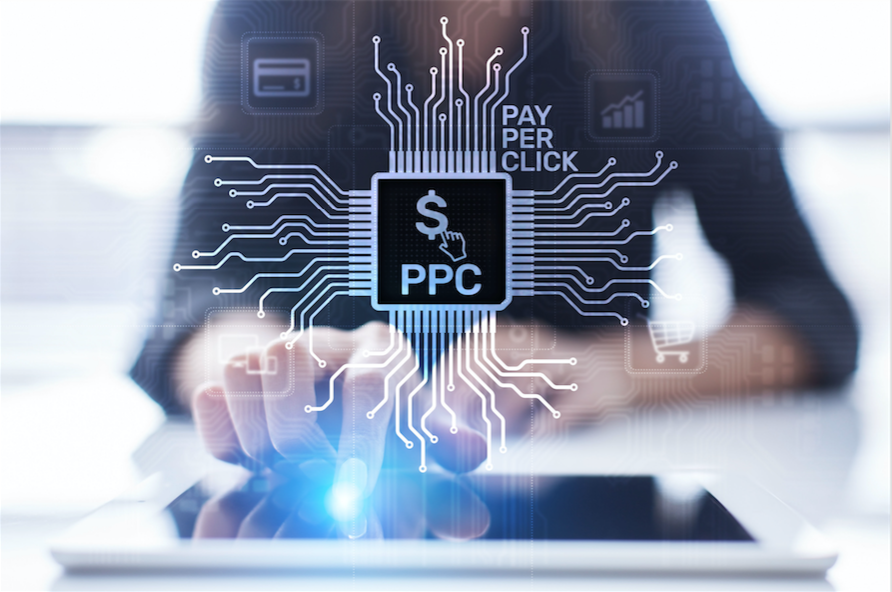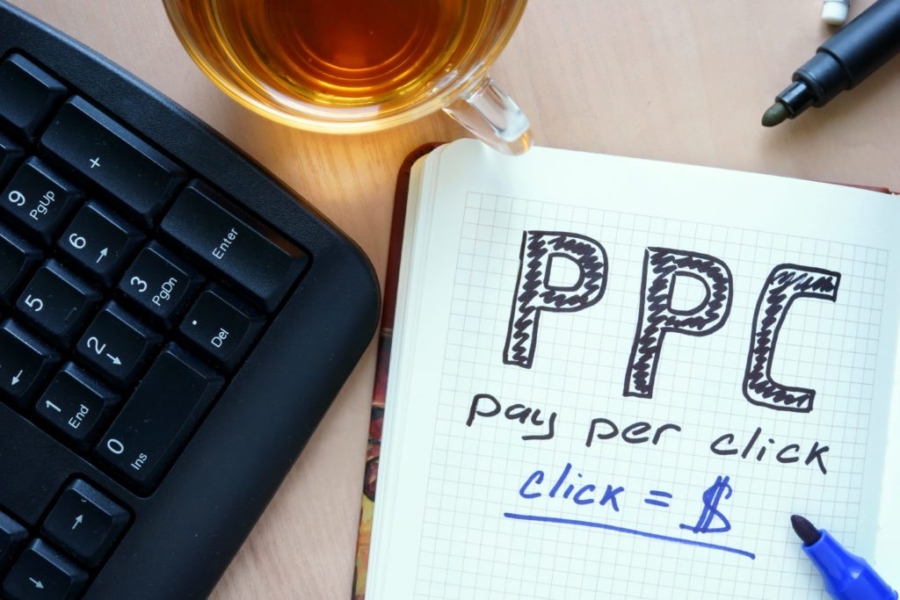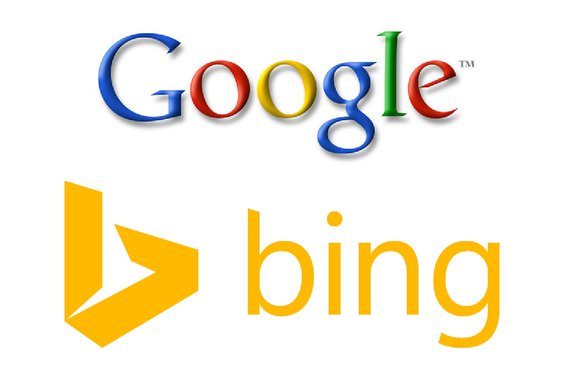Effective paid search strategies are difficult to get right. You may have problems with budget, creative content, channel decisions and more. However, one of the biggest problems marketing departments have with the effective search engine advertising is
- Home
- Bing
Many organizations with Ecommerce websites are concerned with how well their products are ranking organically on Google, Bing and Yahoo. That is, without any assistance from paid advertising networks. There is no doubt that these rankings are
The key to a great digital marketing campaign is the well thought out plan behind it. If you try to launch any campaign without specific directives, it’s likely that you will waste a lot of time and
Making sure your brand has as much online visibility as possible is essential in today's digital world. Running a FREE scan with us at Onimod Global will only benefit your organization to see how well your current
1.) Define Key Performance Indicators Not all KPIs are created equal. When starting an advertising campaign, make sure to clearly state which metrics are most important to you. Do you want to focus on conversations, or reach?
When weighing out your options for SEM and how to most effectively spend ad dollar, analyzing the benefits of using Google AdWords and Bing Ads is a great starting point. The common assumption is that Google AdWords
There are plenty of articles out there claiming to have some sort of quick fix or tip to exponentially boost your AdWords campaigns. In certain case studies these hints may have actually been incredibly successful, but that
- 1
- 2















